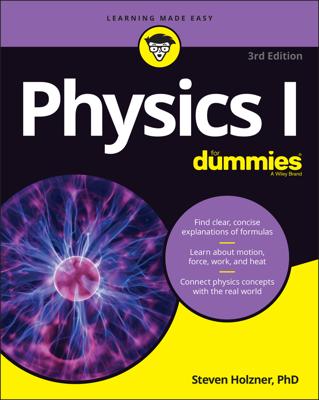As quantum physics attempted to expand into the nucleus of the atom, new tactics were required. The quantum theory of the atomic nucleus, and the particles that make it up, is called quantum chromodynamics (QCD). String theory arose out of an attempt to explain this same behavior.
QED attempted to simplify the situation by only analyzing two aspects of the atom — the photon and the electron — which it could do by treating the nucleus as a giant, very distant object. With QED finally in place, physicists were ready to take a good hard look at the nucleus of the atom.
The pieces that make up the nucleus: Nucleons
The nucleus of an atom is composed of particles called nucleons, which come in two types: positively charged protons and the noncharged neutrons. The protons were discovered in 1919, while the neutrons were discovered in 1932.
The proton is about 1,836 times as massive as the electron. The neutron is about the same size as the proton, so the pair of them is substantially larger than the electron. Despite this difference in size, the proton and electron have identical electrical charges, but of opposite sign; the proton is positive while the electron is negative.
The growth of technology allowed for the design and construction of larger and more powerful particle accelerators, which physicists use to smash particles into each other and see what comes out. With great delight, physicists began smashing protons into each other, in the hopes of finding out what was inside of them.
In fact, this work on trying to uncover the secrets of these nucleons would lead directly to the first insights into string theory. A young physicist at CERN applied an obscure mathematical formula to describe the behavior of particles in a particle accelerator, and this is seen by many as the starting point of string theory.
The pieces that make up the nucleon’s pieces: Quarks
Today, the nucleons are known to be types of hadrons, which are particles made up of even smaller particles called quarks. The concept of quarks was independently proposed by Murray Gell-Mann and George Zweig in 1964 (though the name, taken from James Joyce’s Finnegan’s Wake, is pure Gell-Mann), which in part earned Gell-Mann the 1969 Nobel Prize in Physics. The quarks are held together by still other particles, called gluons.
In this model, both the proton and the neutron are composed of three quarks. These quarks have quantum properties, such as mass, electrical charge, and spin (see the next section for an explanation of spin). There are actually a total of six flavors (or types) of quarks, all of which have been experimentally observed:
Up quark
Down quark
Charm quark
Strange quark
Top quark
Bottom quark
The properties of the proton and neutron are determined by the specific combination of quarks that compose them. For example, a proton’s charge is reached by adding up the electrical charge of the three quarks inside it — two up quarks and one down quark.
In fact, every proton is made of two up quarks and one down quark, so they’re all exactly alike. Every neutron is identical to every other neutron (composed of one up quark and two down quarks).
In addition to standard quantum mechanical properties (charge, mass, and spin), quarks have another property, which came out of the theory, called color charge. This is somewhat similar to electrical charge in principle, but it’s an entirely distinct property of quarks. It comes in three varieties, named red, green, and blue.
Because QED describes the quantum theory of the electrical charge, QCD describes the quantum theory of the color charge. The color charge is the source of the name quantum chromodynamics, because “chroma” is Greek for “color.”
In addition to the quarks, there exist particles called gluons. The gluons bind the quarks together, kind of like rubber bands (in a very metaphoric sense). These gluons are the gauge bosons for the strong nuclear force, just as the photons are the gauge bosons for electromagnetism.

